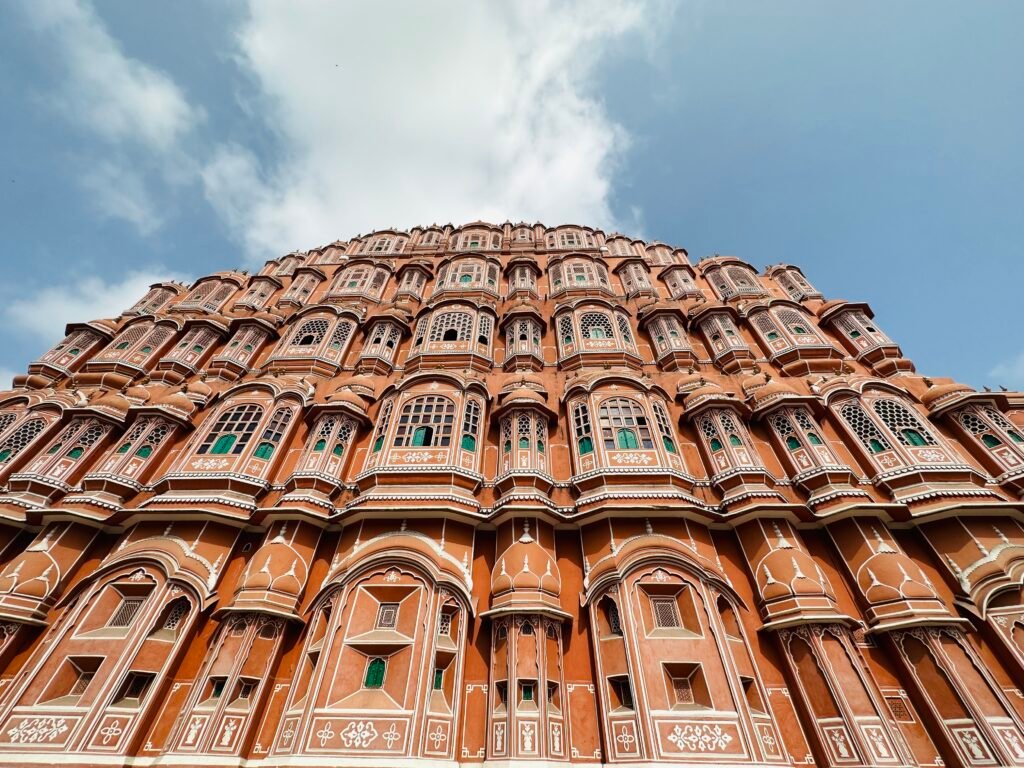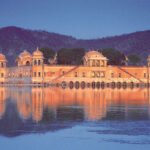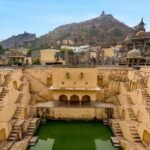Historical Monuments and Palaces in jaipur

Jaipur boasts a wealth of historical monuments and palaces that narrate tales of opulence, valor, and architectural brilliance. Here’s a detailed description of some of these iconic sites for your blog:
Hawa Mahal (Palace of Winds)
Description: The Hawa Mahal, or the Palace of Winds, stands as an architectural marvel adorned with delicate latticework windows resembling a honeycomb. Constructed in 1799 by Maharaja Sawai Pratap Singh, this five-story palace was designed for royal women to observe street festivities while remaining unseen. The intricate façade, with 953 small windows (jharokhas), allows a gentle breeze to flow through, keeping the palace cool even during scorching summers.
City Palace
Description: The City Palace, a sprawling complex in the heart of Jaipur, is a testament to the grandeur and rich cultural heritage of the city’s rulers. Built in the 18th century, the palace showcases a fusion of Rajput, Mughal, and European architectural styles. Visitors can explore its various courtyards, gardens, museums, and palatial structures that exhibit a vast collection of artifacts, including royal costumes, weapons, and manuscripts.
Amber Fort
Description: A UNESCO World Heritage Site Perched majestically on a hilltop, the Amber Fort (or Amer Fort) is a magnificent blend of Hindu and Mughal architecture. Built in red sandstone and marble, the fort overlooks Maota Lake and offers stunning panoramic views of the surrounding landscape. Visitors can explore its elaborate palaces, courtyards, and intricate carvings, including the Sheesh Mahal (Mirror Palace) adorned with thousands of tiny mirrors.
Jantar Mantar
Description: A UNESCO World Heritage Site, Jantar Mantar is an ancient astronomical observatory built by Maharaja Sawai Jai Singh II in the early 18th century. The site houses a collection of architectural astronomical instruments that were used for celestial observations and calculations. The massive sundial, known as the Samrat Yantra, is the highlight among various other intriguing instruments.
Nahargarh Fort
Description: Situated on the rugged Aravalli hills, Nahargarh Fort offers a mesmerizing view of Jaipur’s landscape. Built as a defensive fort, it once formed a strong defense ring for the city. Besides its historical significance, the fort’s architecture and serene ambiance make it a popular spot for tourists seeking panoramic vistas of Jaipur.
Jaigarh Fort
Description: Known for housing the world’s largest cannon on wheels, Jaigarh Fort is a formidable structure that reflects the military prowess of the Rajputs. The fort offers insights into Jaipur’s history, with its massive walls, palaces, and well-preserved structures that served as military quarters and storage for arms and ammunition.
These historical monuments and palaces not only stand as architectural wonders but also encapsulate the rich heritage and stories of Jaipur, inviting visitors to delve into the city’s glorious past.
ABOUT AUTHOR






2 Responses